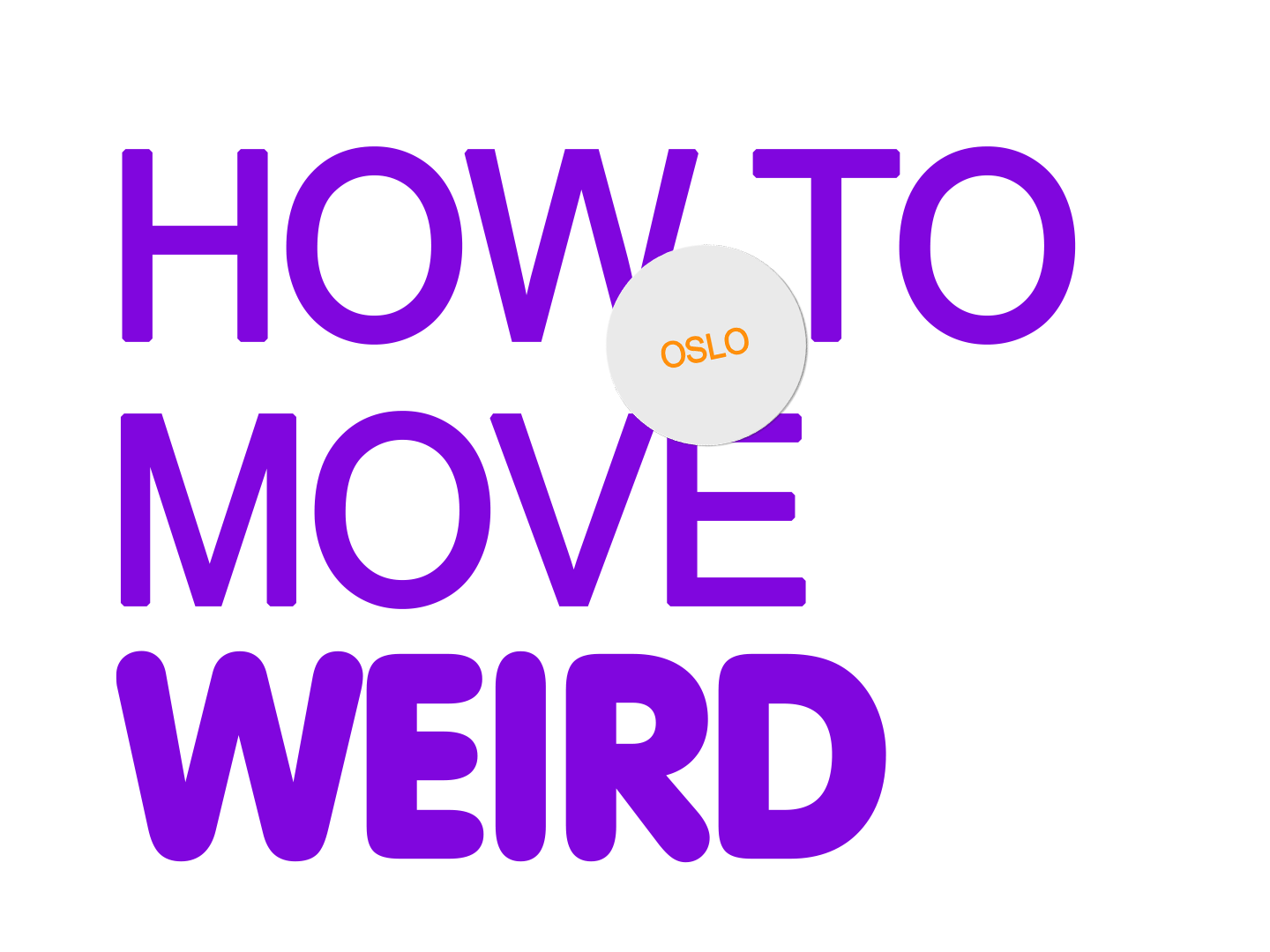
︎︎︎ Oslo
Audience Choreography
︎ Location: Astrup Fearnley Museum
Artist: Mia Habib
︎ Language: Norwegian
Notes from the workshop: At Mia Habib’s workshop we visited Astrup Fearnley Museum - Norway’s largest private art museum.
The day started with an introduction to the exhibition Antibodies by the American/Filipino artist Jeff Klein by the exhibition’s curator Therese Möllenhoff. Together with Mia we explored the museum and its exhibitions without special instructions (so as any other visitor). Then Mia Habib’s workshop started: We walked together slowly while looking at the art. We study everything with the same level of attention: the walls, the pictures, the grains of dust and even gum on the floor. Everything.
Hannah explains: “I got so caught up by the details that I didn’t get any impression of the whole room, I lost track of the totality. Because I focused on one simple object like a painting or a wall it became very present”.
Then we took an observation round where we observed our fellow museum visitors. We started to walk and stand like them. We went back between rounds and wrote at least three notes each with reflections on our personal experiences. These notes were laid on the floor and became a collective notebook.
The day started with an introduction to the exhibition Antibodies by the American/Filipino artist Jeff Klein by the exhibition’s curator Therese Möllenhoff. Together with Mia we explored the museum and its exhibitions without special instructions (so as any other visitor). Then Mia Habib’s workshop started: We walked together slowly while looking at the art. We study everything with the same level of attention: the walls, the pictures, the grains of dust and even gum on the floor. Everything.
Hannah explains: “I got so caught up by the details that I didn’t get any impression of the whole room, I lost track of the totality. Because I focused on one simple object like a painting or a wall it became very present”.
Then we took an observation round where we observed our fellow museum visitors. We started to walk and stand like them. We went back between rounds and wrote at least three notes each with reflections on our personal experiences. These notes were laid on the floor and became a collective notebook.



︎︎︎About the artist
Mia Habib (NO) is working at the intersection of
performance, exhibitions, publications, lectures, teaching, mentoring and
curating. Mia makes work that speaks to the major concerns of our time. She
engages broad audience and local communities across social, political, and
artistic spheres and in private, domestic, and public spaces.
Over the last 15 years, her practice has taken her to dance houses, opera stages, galleries, public spaces, private houses, religious buildings, squats, and sites of protest and conflict around the world, including an installation on the border fence between the US and Mexico, a solo in the mountains of Iraq, a healing dance in someone’s living room, and a large-scale work for 68 people on an opera stage. Habib looks for spaces where her work can interact with different audiences and with the realities of local communities.
Over the last 15 years, her practice has taken her to dance houses, opera stages, galleries, public spaces, private houses, religious buildings, squats, and sites of protest and conflict around the world, including an installation on the border fence between the US and Mexico, a solo in the mountains of Iraq, a healing dance in someone’s living room, and a large-scale work for 68 people on an opera stage. Habib looks for spaces where her work can interact with different audiences and with the realities of local communities.